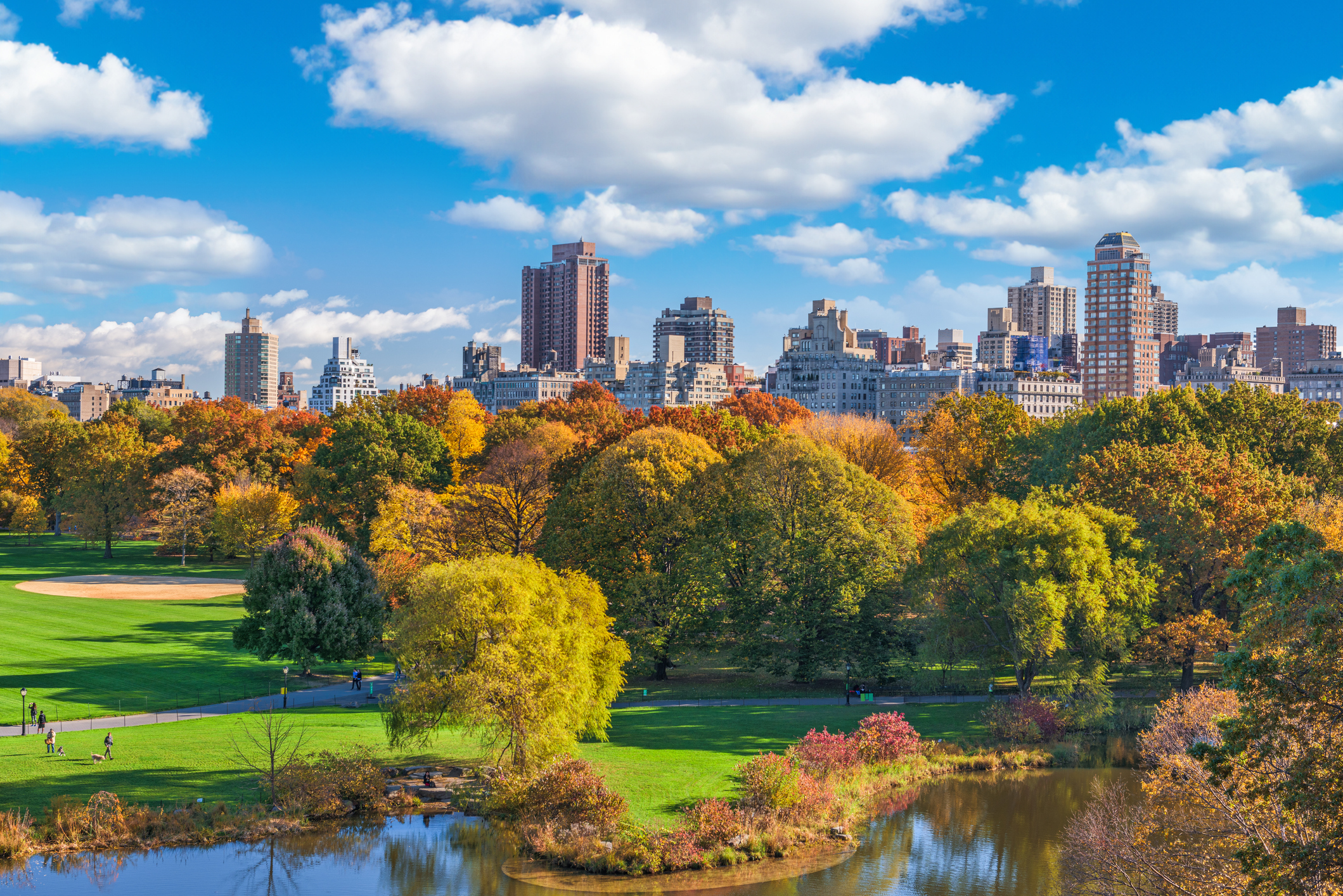In March, April and May, temperatures and humidity levels rise. These bring accompanying pollen, dust and mold inside through open windows and doors. Symptoms correspondingly increase, whether individuals expose themselves to these outdoor allergens at work, home or during their commutes.
Though allergies may increase, colds, cases of flu and other respiratory infections tend to decrease due to the extra moisture in the air. While dry air in the winter encourages the spreading of upper respiratory infections, the higher humidity of spring decreases these illnesses.



